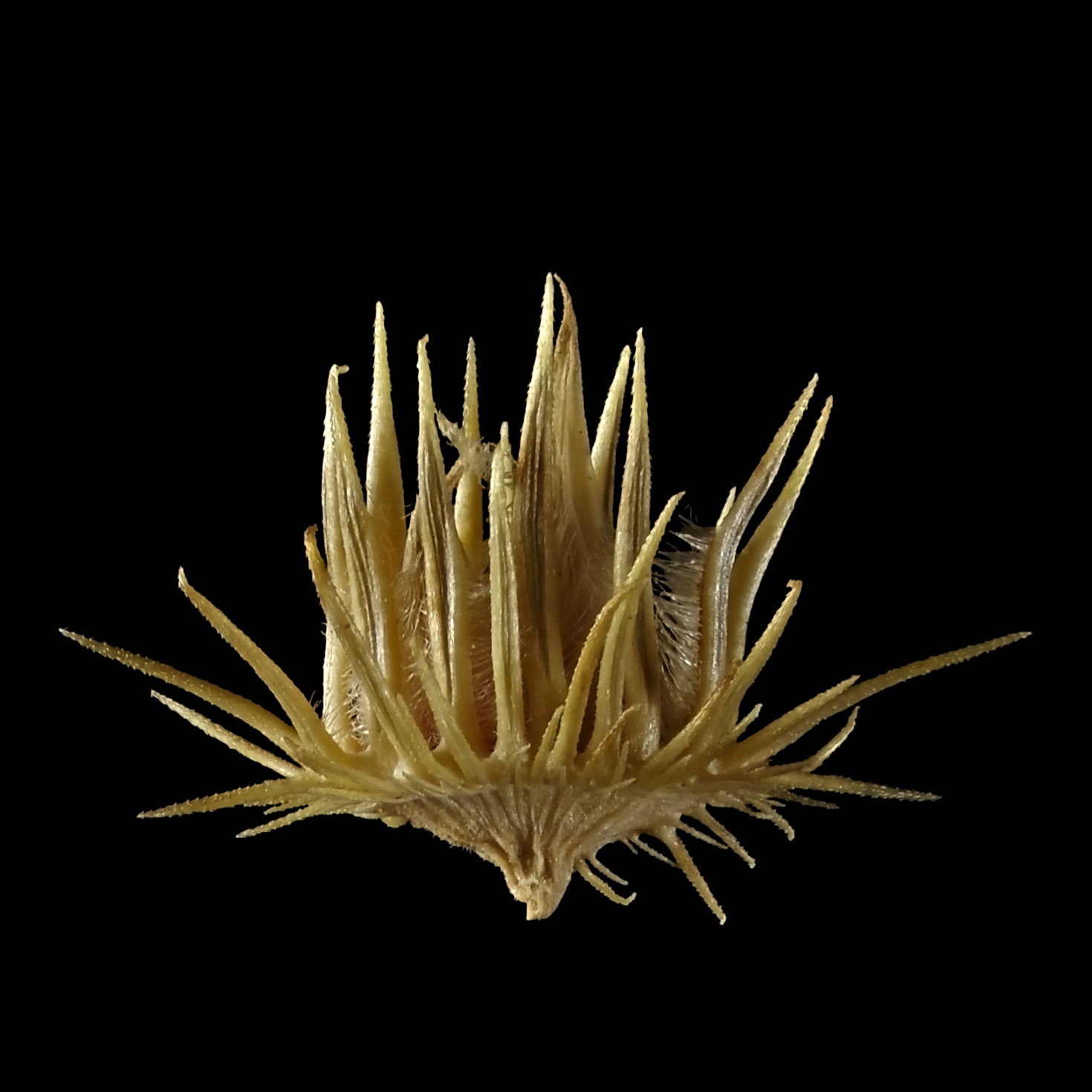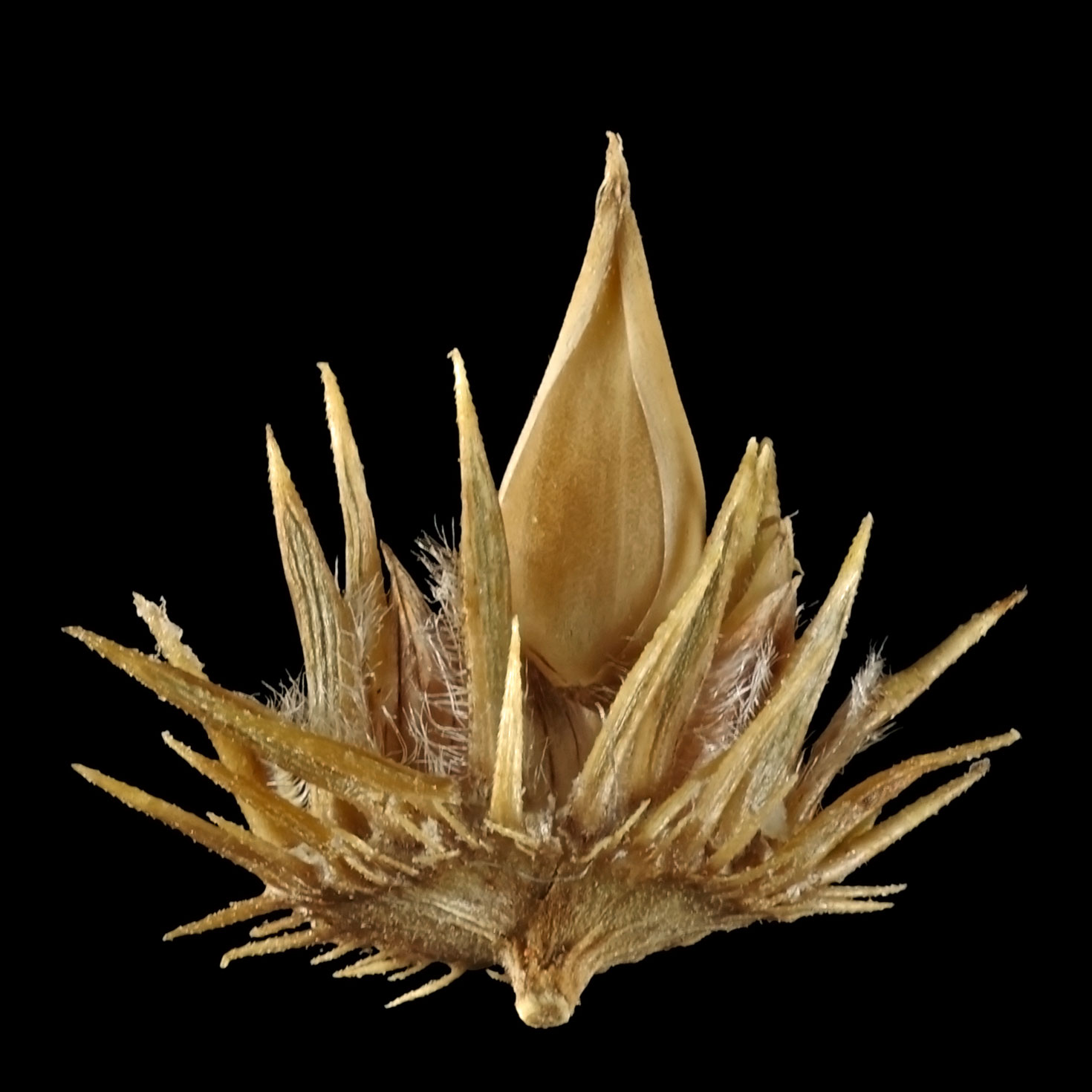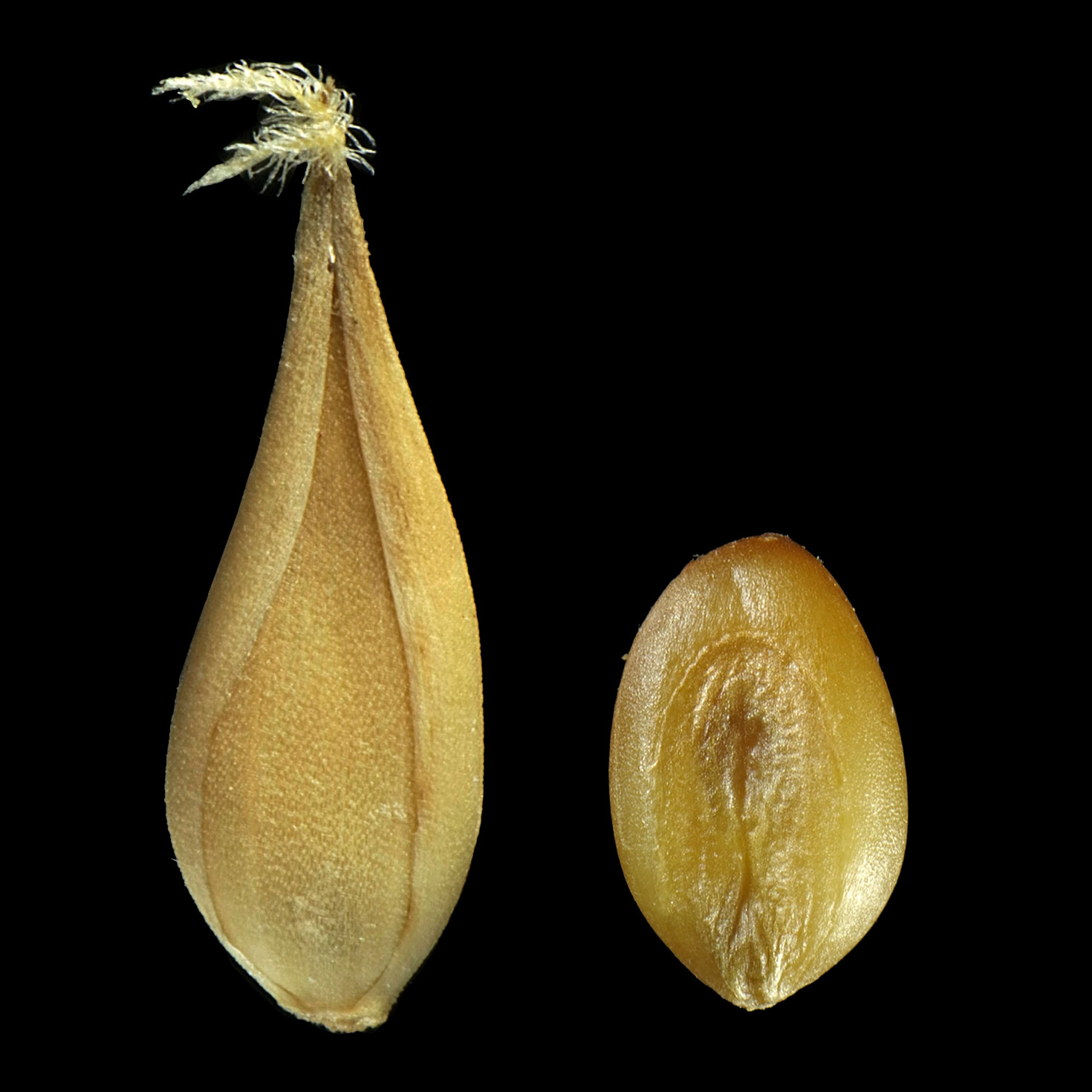This search bar only works in the German version of the website! Non-German speakers please use the search bar on the welcome page.
In his 1974 book “Cram Cram. Experiences around the Air Mountains in the southern Sahara”, Swiss travel writer René Gardi couldn’t reort anything good about this grass, that is also known as Indian sandbur: “Cram Cram is an extremely annoying plant, because its seeds carry tiny, pointed barbs that penetrate the skin. The nomads probably know why they usually carry a small, hand-forged pin chain with them. The word Cram Cram became to me the symbol of a thorny difficult existence, which the people have to lead in the barren mountain country. […] They have to deal with all kinds of adversities, they have to stand their ground despite “cram cram”, and they do so with a cheerful heart and amazing courage.”
However, for the people who have to live with this difficult plant, it is also a valuable grain in times of need that is particularly rich in proteins and fats. The grains are edible raw and cooked: crushed into porridge or ground into flour from which bread can finally be baked.



